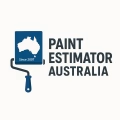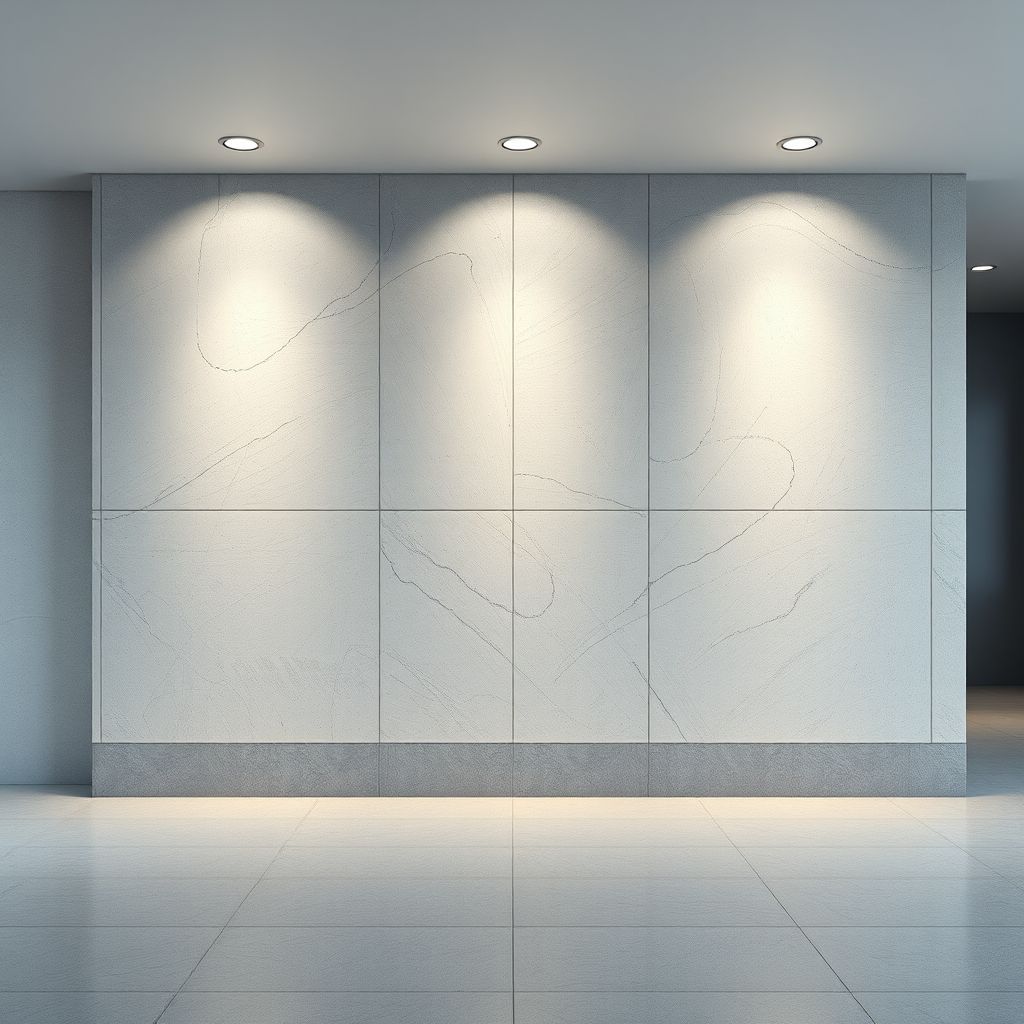Introduction:
Estimating anti-graffiti and protective coating systems is a complex task, especially for painting contractors in the decorative and specialty finishes industry. With the variety of coating systems available and the unique challenges posed by each project, standardising pricing across projects is essential for maintaining consistency and profitability. This article will explore the key considerations for painting contractors when estimating these specialised coatings, using heritage painting restoration in Carlingford, Australia, as a case study. By understanding the factors that influence coating system selection and cost, contractors can streamline their pricing strategy and provide accurate quotes, ensuring client satisfaction and project success.
Understanding Coating Systems
Anti-graffiti and protective coating systems are specialised coatings applied to surfaces to protect against vandalism, wear, and environmental damage. These coatings are commonly used in heritage restoration projects to preserve and protect historic buildings and structures. The selection of an appropriate coating system depends on various factors, including the substrate, environmental conditions, expected level of protection, and aesthetic requirements.
Surface Preparation
Proper surface preparation is critical to the success of any coating system. It involves cleaning, repairing, and preparing the surface to receive the coating and ensuring proper adhesion and longevity. Contractors may need to consider additional costs for specialised equipment and labour, such as high-pressure cleaning, sandblasting, or chemical treatments, depending on the project's scope and the substrate's condition.
Coating System Options
Painting contractors have a range of coating systems to choose from, each with its advantages and disadvantages. Solvent-based coatings, for example, offer excellent adhesion and durability but may have higher VOC emissions and longer curing times. Water-based coatings are low-odour and fast-drying but may not provide the same level of durability as solvent-based options. Other specialised coatings, such as intumescent coatings for fire protection or anti-microbial coatings for healthcare settings, may also be specified for certain projects.
Project Management Considerations
Estimating coating systems involves considering the entire project management process. This includes assessing access requirements, such as scaffolding or boom lifts, and understanding the impact of weather conditions on application and curing times. Efficient project management ensures that coatings are applied within the specified time frames and that labour costs are accurately reflected in the project estimate.
Specialised Coatings and Techniques
Some projects may require the use of specialised coatings or application techniques. For example, electrostatic spraying or airless spraying may be specified to achieve a particular finish or reduce overspray. These techniques often require specialised equipment and skilled applicators, which can impact the project's overall cost.
Standardising Pricing with a Paint Price Calculator
To streamline the estimation process and standardise pricing across projects, painting contractors can utilise a paint price calculator. This tool considers the specific project requirements, such as surface area, coating system, labour rates, and application methods, to provide a consistent and accurate estimate. By inputting the unique variables of each project, contractors can quickly generate estimates that reflect the true cost of the work, helping to secure projects and enhance their reputation for reliability.
Conclusion:
Estimating anti-graffiti and protective coating systems involves a comprehensive understanding of the project's specific requirements and the coating systems available. By considering surface preparation, coating options, project management, and specialised techniques, painting contractors can provide accurate and consistent estimates. Utilising a paint price calculator and referencing heritage painting restoration costs allow for standardised pricing, ensuring profitability and client satisfaction on decorative and specialty finishes projects in Carlingford, Australia.
Call to Action:
Contact us to learn how our paint price calculator can help your business streamline estimating and secure more projects. Our team is dedicated to providing painting contractors with the tools and insights needed to thrive in the decorative and specialty finishes industry.
FAQs
How do anti-graffiti coatings work?
Anti-graffiti coatings form a protective barrier over the substrate, preventing graffiti paint or markers from bonding with the surface. This allows for easy removal of graffiti without damaging the underlying coating or substrate.
What are the benefits of protective coatings?
Protective coatings enhance the durability of surfaces, providing resistance against abrasion, corrosion, and chemical attack. They extend the lifespan of structures and reduce maintenance costs by minimising the need for frequent repainting or repairs.
How do I choose the right coating system for my project?
Selecting the appropriate coating system involves considering the substrate, environmental conditions, and performance requirements. Consulting with a specialist coating supplier or a painting contractor experienced in decorative and specialty finishes is essential to ensuring the right system is specified for your project.
Can I apply anti-graffiti coatings over existing paint?
Yes, anti-graffiti coatings can be applied over existing paint systems, provided the surface is properly prepared. This may involve cleaning, degreasing, and ensuring the existing paint is sound and well-adhered.
Are protective coatings suitable for all substrates?
Protective coatings can be applied to various substrates, including concrete, metal, and wood. However, it is essential to choose a coating system compatible with the substrate and its specific requirements. For example, a breathable coating may be necessary for porous substrates to prevent moisture entrapment and potential damage.
Key Information
| Coating System | Description | Advantages | Disadvantages |
| — | — | — | — |
|---|---|---|---|
| Water-Based Coatings | Uses water as the primary solvent | Low odour, fast-drying, and easy cleanup | May have reduced durability and weather resistance compared to solvent-based coatings |
| Intumescent Coatings | Swells and expands when exposed to high temperatures, providing fire protection | Effective in passive fire protection systems | May require multiple coats to achieve desired thickness |
| Anti-Microbial Coatings | Contains agents that inhibit the growth of microorganisms | Useful in healthcare, food processing, and other hygiene-sensitive environments | Effectiveness may vary with different microorganisms |
| Solvent-Based Coatings | Uses organic solvents as the carrier for resins and pigments | Excellent adhesion, durability, and gloss retention | Higher VOC emissions, longer curing times, and strong odours | | Water-Based Coatings | Uses water as the primary solvent | Low odour, fast-drying, and easy cleanup | May have reduced durability and weather resistance compared to solvent-based coatings | | Intumescent Coatings | Swells and expands when exposed to high temperatures, providing fire protection | Effective in passive fire protection systems | May require multiple coats to achieve desired thickness | | Anti-Microbial Coatings | Contains agents that inhibit the growth of microorganisms | Useful in healthcare, food processing, and other hygiene-sensitive environments | Effectiveness may vary with different microorganisms |



